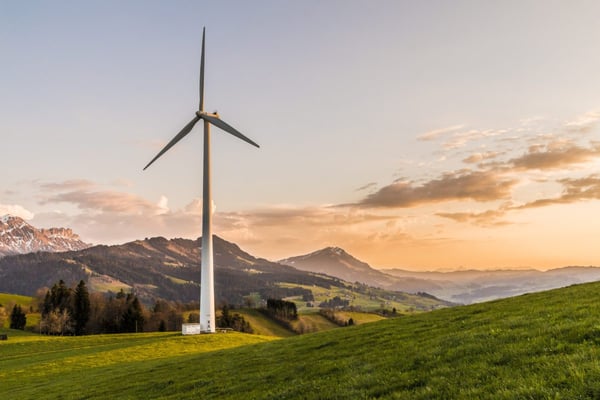Many builders, investors and construction firms are looking for ways to reduce their environmental impact with green construction. This process not only saves money (once implemented) but may also increase the value of the build. Homebuyers want to know that their homes are energy efficient, which reduces their carbon footprint. It also makes people feel good to know that they aren’t harming the environment. One of the best ways to add value to your next build is by making sure that energy efficiency is a top priority.
Building an energy efficient home isn’t just good for the environment, it also adds value. Homebuyers will see that efficiency and immediately know that they keep more of their income in their pockets by spending less on utility bills. They feel all warm and fuzzy inside knowing that their home isn’t having a detrimental impact on the environment around them, that their carbon footprint isn’t killing the ozone. So how do you go about building an energy efficient home?
According to Zero Energy Project, there are 12 steps:
- Start with Smart Design
- Use Energy Modeling
- Super-Seal the Building Envelope
- Super-Insulate the Building Envelope
- Heat Water Wisely
- Use Highly Insulated Windows and Doors
- Use the Sun for Solar Tempering
- Create an Energy Efficient Fresh Air Supply
- Select an Energy Efficient Heating and Cooling System
- Install Energy Efficient Lighting
- Select Energy Efficient Appliances and Electronics
- Use the Sun for Renewable Energy
All of those steps are important considerations when building an energy efficient home. You could even take it a step further by implementing wind and water power. Those are both forms of renewable energy as well, and will contribute not only to energy efficiency, but reduced cost to the buyer for utility bills.
Home design is a key piece of energy efficiency. According to energy.gov, “Ultra-efficient home design combines state-of-the-art, energy-efficient construction, appliances, and lighting with commercially available renewable energy systems, such as solar water heating and solar electricity. By taking advantage of local climate and site conditions, designers can incorporate passive solar heating and cooling and energy-efficient landscaping strategies.”
It is important to note that the location of your build makes a difference as to what energy efficient designs are the most important. For example, in colder climates, home insulation and heating technology are vital to energy efficiency, while in warmer climates, water efficiency and cooling technology are crucial pain points. Knowing the geographic conditions of your build are important to getting energy efficient technology right.
Energy efficiency is a major source of value to homebuyers nationwide. The push to “go green” to save the planet has people all over the world looking at ways to reduce our carbon footprint. Energy efficiency is one of the ways we can do that. Some of the planet’s resources are finite and will one day run out. So if we can utilize these resources efficiently, plus utilize renewable energy like solar and wind power, we can ensure that our resources will be here for years to come.

Recent Posts
- Spec Home Loans: Complete Guide to Construction Financing for Builders
- Spec Construction Loans: A Spec Line of Credit Is Worth the Paperwork
- Spec Homes and Pre-Sale Homes: Relative Benefits for a Spec Builder
- Spec Construction Success: Insights for the Investor Builder
- How Is a Spec House Different From Other Kinds of House Construction?
